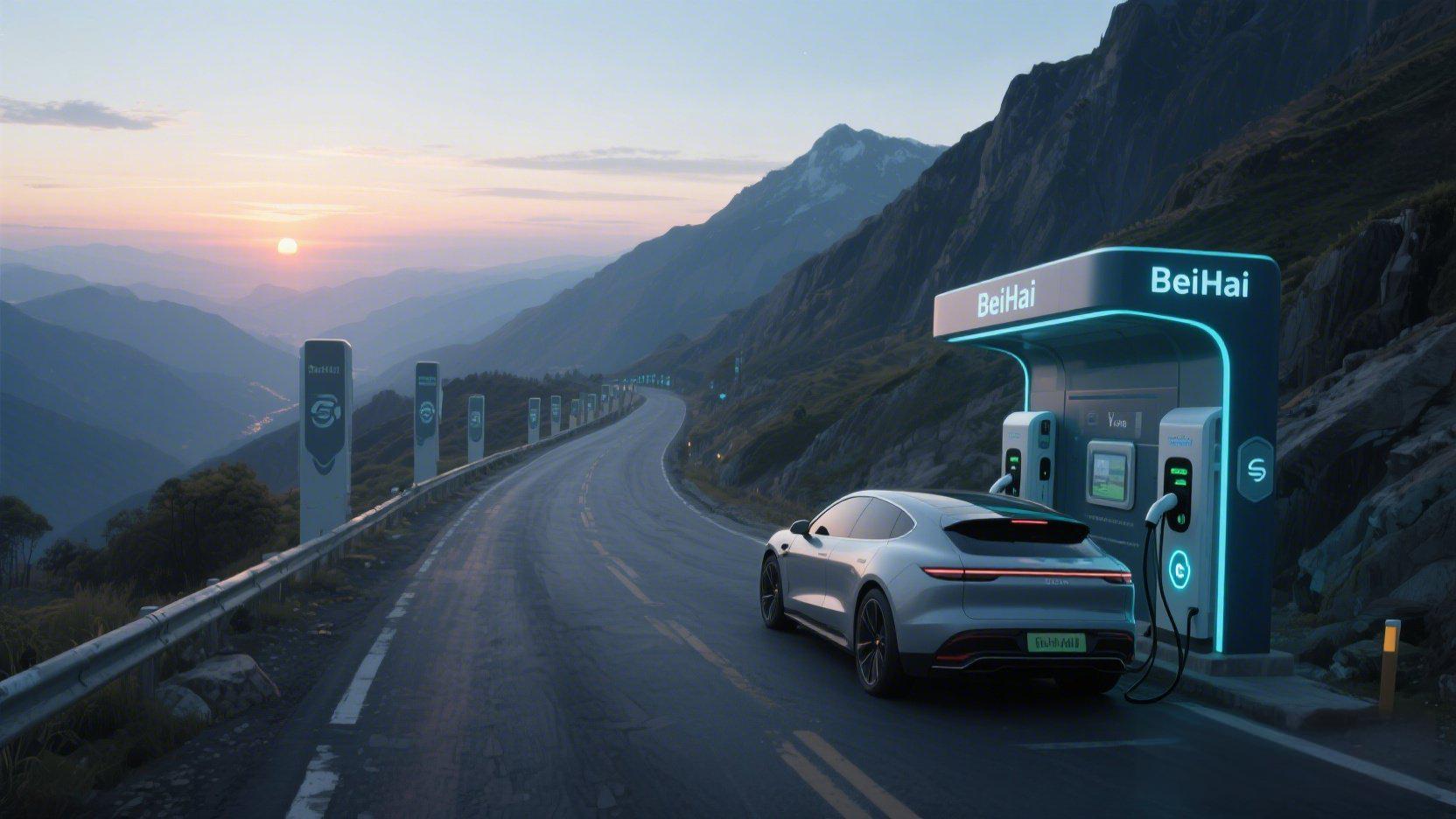As global electric vehicle (EV) adoption accelerates—with 2024 sales surpassing 17.1 million units and projections of 21 million by 2025—the demand for robust EV charging infrastructure has reached unprecedented heights. However, this growth unfolds against a backdrop of economic volatility, trade tensions, and technological innovation, reshaping the competitive landscape for charging station providers. 1. Market Growth and Regional Dynamics The EV charging equipment market is projected to grow at a 26.8% CAGR, reaching $456.1 billion by 2032, driven by public charger deployments and government incentives. Key regional insights include:
- North America: Over 207,000 public charging stations by 2025, supported by $5 billion in federal funding under the Infrastructure Investment and Jobs Act (IIJA). However, recent Trump-era tariff hikes (e.g., 84% on Chinese EV components) threaten supply chains and cost stability.
- Europe: Targeting 500,000 public chargers by 2025, with a focus on DC fast charging along highways. The EU’s 60% domestic content rule for public projects pressures foreign suppliers to localize production.
- Asia-Pacific: Dominated by China, which holds 50% of global charging stations. Emerging markets like India and Thailand are adopting aggressive EV policies, with Thailand aiming to become a regional EV manufacturing hub.
2. Technological Advancements Driving Demand High-Power Charging (HPC) and smart energy management are revolutionizing the industry:
- 800V Platforms: Enabled by automakers like Porsche and BYD, ultra-fast charging (80% in 15 minutes) is becoming mainstream, necessitating 150-350kW DC chargers.
- V2G Integration: Bidirectional charging systems allow EVs to stabilize grids, aligning with solar and storage solutions. Tesla’s NACS standard and China’s GB/T are leading interoperability efforts.
- Wireless Charging: Emerging inductive technology is gaining traction for commercial fleets, reducing downtime in logistics hubs.
3. Economic Challenges and Strategic Responses Trade Barriers and Cost Pressures:
- Tariff Impacts: U.S. tariffs on Chinese EV components (up to 84%) and EU localization mandates are forcing manufacturers to diversify supply chains. Companies like BeiHai Power Group are establishing assembly plants in Mexico and Southeast Asia to bypass duties.
- Battery Cost Reductions: Lithium-ion battery prices fell 20% in 2024 to $115/kWh, lowering EV costs but intensifying price competition among charger suppliers.
Opportunities in Commercial Electrification:
- Last-Mile Delivery: Electric vans, projected to dominate a $50 billion market by 2034, require scalable DC fast-charging depots.
- Public Transit: Cities like Oslo (88.9% EV adoption) and mandates for zero-emission zones (ZEZs) are driving demand for high-density urban charging networks.
 4. Strategic Imperatives for Industry Players To thrive in this complex environment, stakeholders must prioritize:
4. Strategic Imperatives for Industry Players To thrive in this complex environment, stakeholders must prioritize:
- Localized Production: Partnering with regional manufacturers (e.g., Tesla’s EU gigafactories) to comply with content rules and reduce logistics costs.
- Multi-Standard Compatibility: Developing chargers supporting CCS1, CCS2, GB/T, and NACS to serve global markets.
- Grid Resilience: Integrating solar-powered stations and load-balancing software to mitigate grid strain.
The Road Ahead While geopolitical tensions and economic headwinds persist, the EV charging sector remains a linchpin of the energy transition. Analysts highlight two critical trends for 2025–2030:
- Emerging Markets: Africa and Latin America present untapped potential, with 25% annual growth in EV adoption requiring affordable AC and mobile charging solutions.
- Policy Uncertainty: U.S. elections and EU trade negotiations could redefine subsidy landscapes, demanding agility from manufacturers.
Conclusion The EV charging industry stands at a crossroads: technological breakthroughs and sustainability goals propel growth, while tariffs and fragmented standards demand strategic innovation. Companies that embrace flexibility, localization, and smart infrastructure will lead the charge toward a electrified future. For customized solutions to navigate this evolving landscape, [Contact Us] today.
Post time: Apr-18-2025




